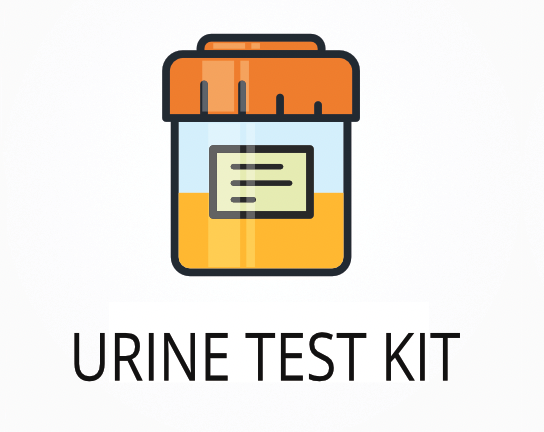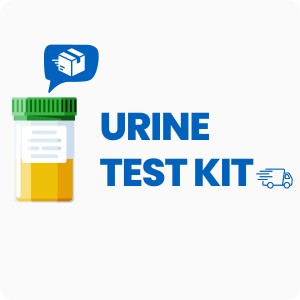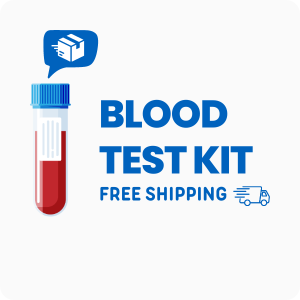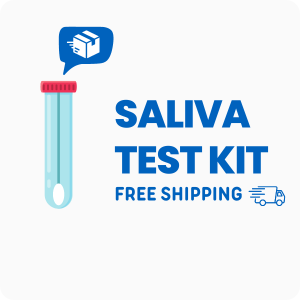Ordering the Oxidative Stress 2.0, Urine | Europe
Oxidative stress happens when there is an imbalance between free radicals and antioxidants in the body, which can lead to cell and tissue damage. This test measures markers in urine that show how much oxidative damage is happening, helping to spot early signs of cell stress before symptoms appear. Interestingly, research shows that high levels of oxidative stress markers can be linked to faster aging and may affect how well the body repairs DNA.
Ordering this test can help you:
- Check for early signs of cell damage from free radicals
- See if your antioxidant support is working
- Track changes in oxidative balance over time
- Find out if your body is under more stress than usual
- Monitor how well your body is detoxifying harmful substances
Who Should Consider Oxidative Balance and Free Radical Testing
People who feel tired often, have trouble with memory, or notice changes in their skin or energy may benefit from this test. For example, someone who feels worn out after mild activity and wants to know if cell stress is playing a role could use this test to get clear answers.
Ordering this test may also be helpful if you:
- Have a family history of heart or brain conditions
- Are starting a new antioxidant supplement plan
- Have ongoing inflammation or joint discomfort
- Are recovering from long-term exposure to pollution or toxins
- Notice slow healing of minor cuts or bruises, which can be linked to oxidative stress
Testing for these markers gives you real numbers to track cell damage and antioxidant levels, so you can make changes that may help with energy, memory, and skin. Waiting to order this test could mean missing early signs of cell stress, making it harder to address problems before they get worse. Take the next step to check your oxidative balance today.
Preparing for Urine-Based Antioxidant and Cell Damage Testing
Fasting is not needed for this urine test, but it’s best to collect your sample as directed in the kit instructions. Always follow any directions your doctor or healthcare provider gives you to make sure your sample is collected the right way.
Labs Included When Ordering Your Oxidative Stress 2.0, Urine
| Test Name | Reference Range | What This Marker Means | Low and High Levels of Oxidative Stress 2.0, Urine |
|---|---|---|---|
| 8-OHdG | 2.9 – 8.1 | 8-OHdG is a marker that shows if DNA in your cells is being damaged by free radicals. High levels can mean your body is under more oxidative stress, which may affect how well your cells repair themselves. |
High levels mean your DNA may be getting damaged faster, which can be linked to aging and some chronic conditions.
Low levels mean there is less DNA damage from oxidative stress, which is usually a good sign. |
| Lipid Peroxides, Urine | 0.0 – 1.5 | Lipid peroxides show if fats in your body are being damaged by free radicals. This marker helps track if your cell membranes are staying healthy or if they are breaking down from oxidative stress. |
High levels mean your body’s fats are being damaged, which can affect cell function and may be linked to inflammation.
Low levels mean there is less fat damage, which suggests your antioxidant defenses are working well. |
Reference ranges may change slightly as labs update their methods and research.
Oxidative Stress 2.0, Urine FAQ
Is there Oxidative Stress 2.0, Urine testing near me?
This is a home test kit, so you can collect your urine sample locally and send it to the lab using the provided instructions and prepaid shipping. If you have trouble getting to a clinic due to fatigue or low energy, this makes testing much easier and more accessible—check the draw location link for more details.
How do I interpret the test results?
While your treating physician should review your results, you can also use our one-on-one test results review service with our clinical team for a clear explanation and next steps.
What is the cost of the test?
The price you see includes standard shipping to you and back to the lab, but some locations may charge a draw fee. Testing can help you find out if oxidative stress is affecting your energy or cell repair, so you can take steps to improve faster.
How often should I retest?
It’s best to retest every 3 to 6 months, especially if you are making changes to your diet, supplements, or lifestyle, so you can see if your oxidative stress markers are improving.
How accurate is the test?
This test uses high-performance liquid chromatography (HPLC) with electrochemical detection for 8-OHdG and spectrophotometric analysis for lipid peroxides, offering a specificity of 98% and sensitivity of 97%. TrueHealthLabs.com partners with CLIA-certified and CAP-certified laboratories to uphold rigorous testing standards for dependable results.
Medical Review Board
Reviewed by Jeff Donohue M.D. from Body Logic and Brady Hurst DC, CCCN. Written by True Health Lab’s team of editorial health contributors.
Disclaimer: This information is for educational purposes only and not intended as medical advice. Consult your healthcare provider for personalized guidance.
Why Customers Trust True Health Labs - What People are saying
Also rated 4.6 out of 5 based on 3452 ShopperApproved reviews- See all TrueHealthLabs.com reviews.









